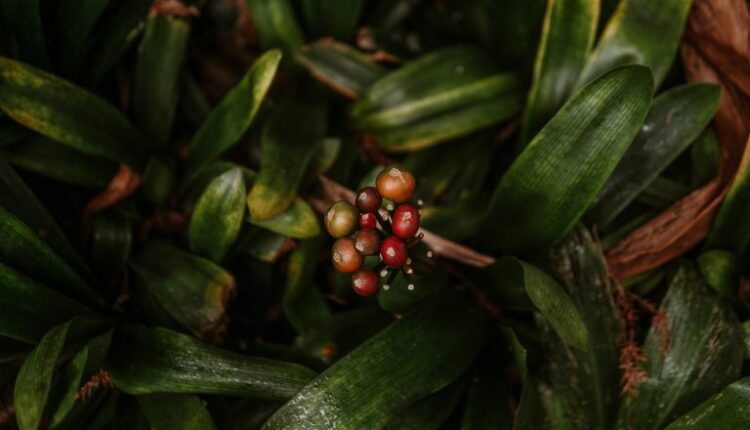Can Genetic Diversity Save Coffee From The Climate Crisis? – CoffeeTalk
Climate change is threatening the coffee industry, with only two commercially cultivated species, arabica and its tropical cousin robusta, facing significant challenges. The International Center of Tropical Agriculture warns that half of the current cultivation areas will no longer be suitable for coffee by 2050, impacting small growers the most.
To address this issue, researchers suggest fostering more genetic diversity, especially wild coffee species that are more resistant to rising temperatures, droughts, and pests. Sophie von Loeben, a climate scientist at the Potsdam Institute for Climate Impact Research in Germany, discovered that one climate- and disease-resistant solution to the emerging coffee crisis was growing wild in Timor-Leste’s forests: Hibrido de Timor, a spontaneous hybrid of arabica and robusta that developed naturally.
Both von Loeben and her partner Timothy Charlton became aware of the potential of wild coffee beans around the same time, and they decided to bring Timor’s wild beans to Europe. In 2019, they started HyCoffee, partnering with farmers and imported one ton of the Hibrido beans that inspired the company’s name. The couple embarked on scientific research of coffee plants, their history, and potential for climate change while learning the coffee trade from scratch. They hand-roasted their beans in a co-roasting space in Berlin, where they both live now, packaged them, and sold them in farmers markets and online.
The customers were surprised by the coffee’s potential to tell the story of climate change and its solutions, and many mentioned they had never thought about how climate change affects coffee. Their coffee was even served at COP27, the 2022 United Nations Climate Change Conference in Egypt.
In conclusion, climate change is posing a significant threat to the coffee industry, particularly for small growers who earn their living through cultivating, harvesting, or selling coffee. By fostering more genetic diversity and promoting climate-resilient varieties, we can help mitigate the impacts of climate change on coffee production and consumption.
European regulations will only allow the sales of products like coffee, soy, palm oil, cocoa, and wood if companies can prove they are not linked to deforestation by the end of 2024. This puts pressure on the coffee industry to find more sustainable ways. World Coffee Research, founded in 2012 by the coffee industry, focuses on research to utilize genetic resources conserved in field genebanks, protected areas, and forests to develop improved varieties with drought stress tolerance, pest, and disease resistance.
80 percent of all coffee farms are small farms, less than five acres in size. 44 percent of the world’s coffee farmers live in poverty. To support these farmers, buy coffee from small roasters who are in direct contact with the farmers. A third of these farmers earn less than $100 per year from coffee production, according to the nonprofit Enveritas, which aims to improve the livelihoods of small cocoa and coffee farmers.
Coffee is a plant whose history is closely interwoven with colonialism. Originally from Ethiopia, arabica beans slowly made their way to Yemen before becoming popular in Europe from the mid-17th century onward. Experts agree that this production model, called agroforestry, is the most ecologically beneficial. In Uganda, a lesser-known coffee species called Liberica is grown by local farmers and is resistant to drought and pests but sold at low prices. The couple is working with Ugandan farmers to improve the crop and create a more profitable market for it. They plan to import three tons to Europe next year, if they can find financing.
The point is to build more resilient systems for the farmers and create awareness when people drink their cup of coffee. Given that the world consumes 500 billion cups of coffee, or 22 billion tons of coffee beans, one ton from Timor and three tons from Uganda might seem like just a drop in the world’s coffee pots.
Read More @ Reasons to be Cheerful
Source: Coffee Talk



